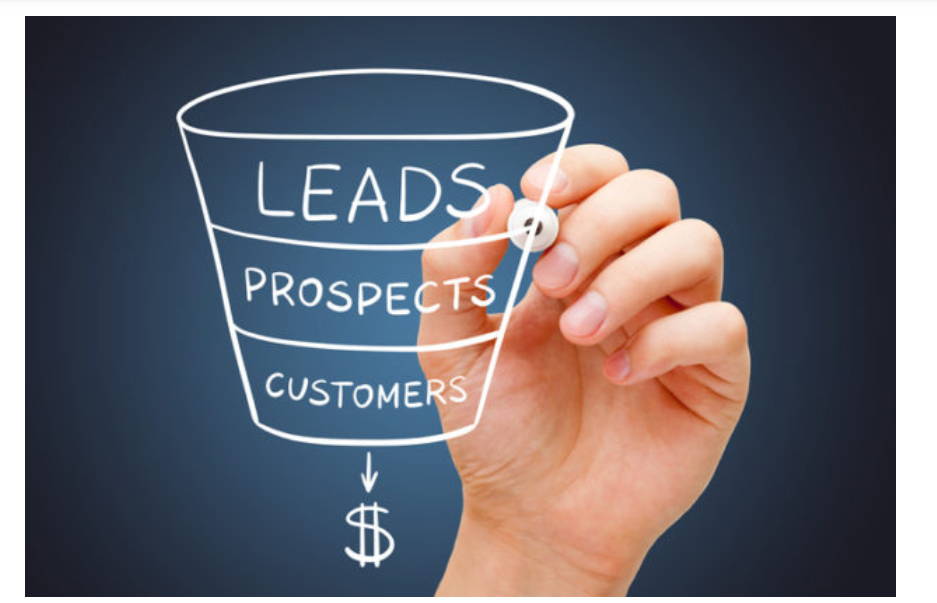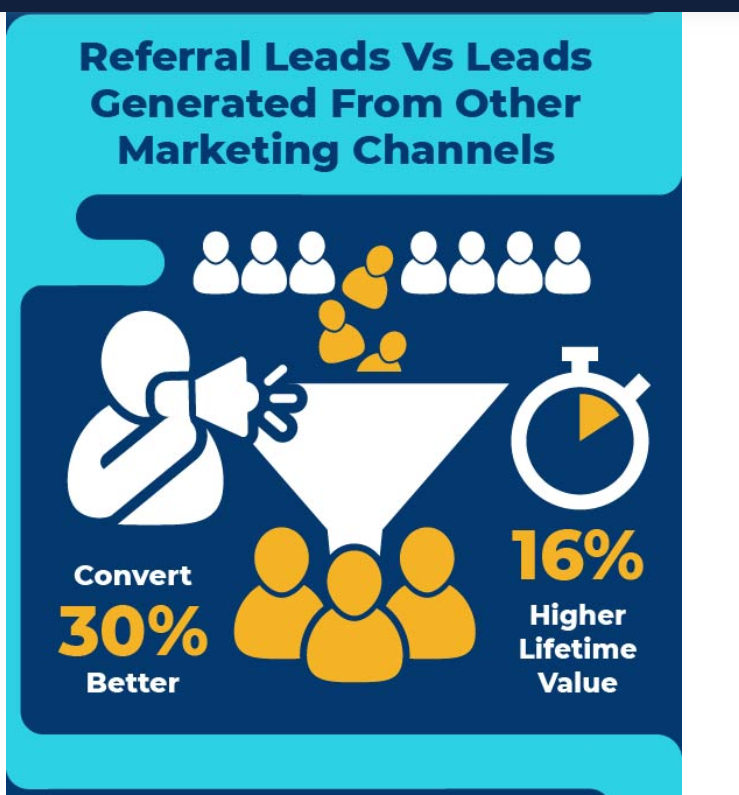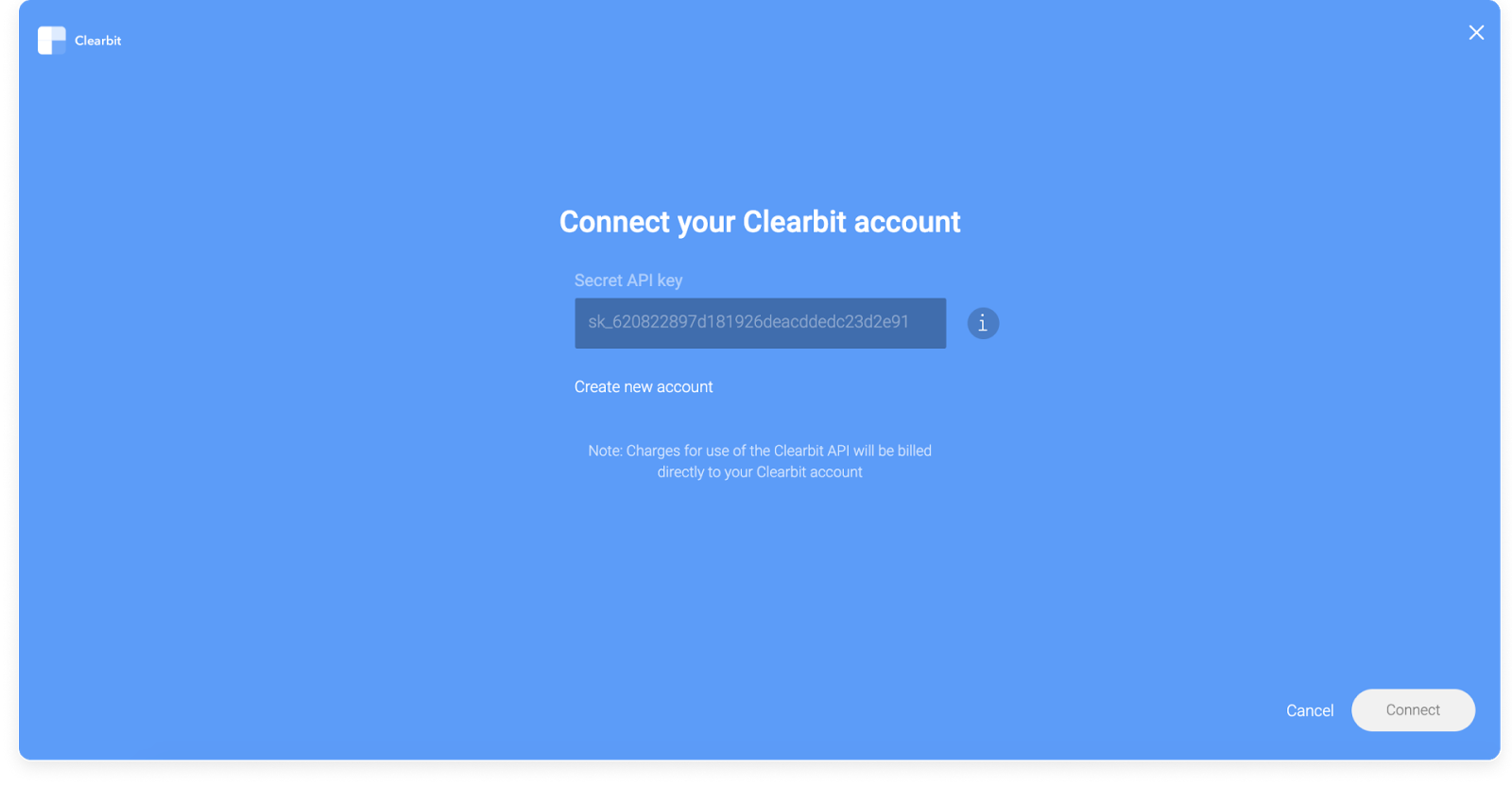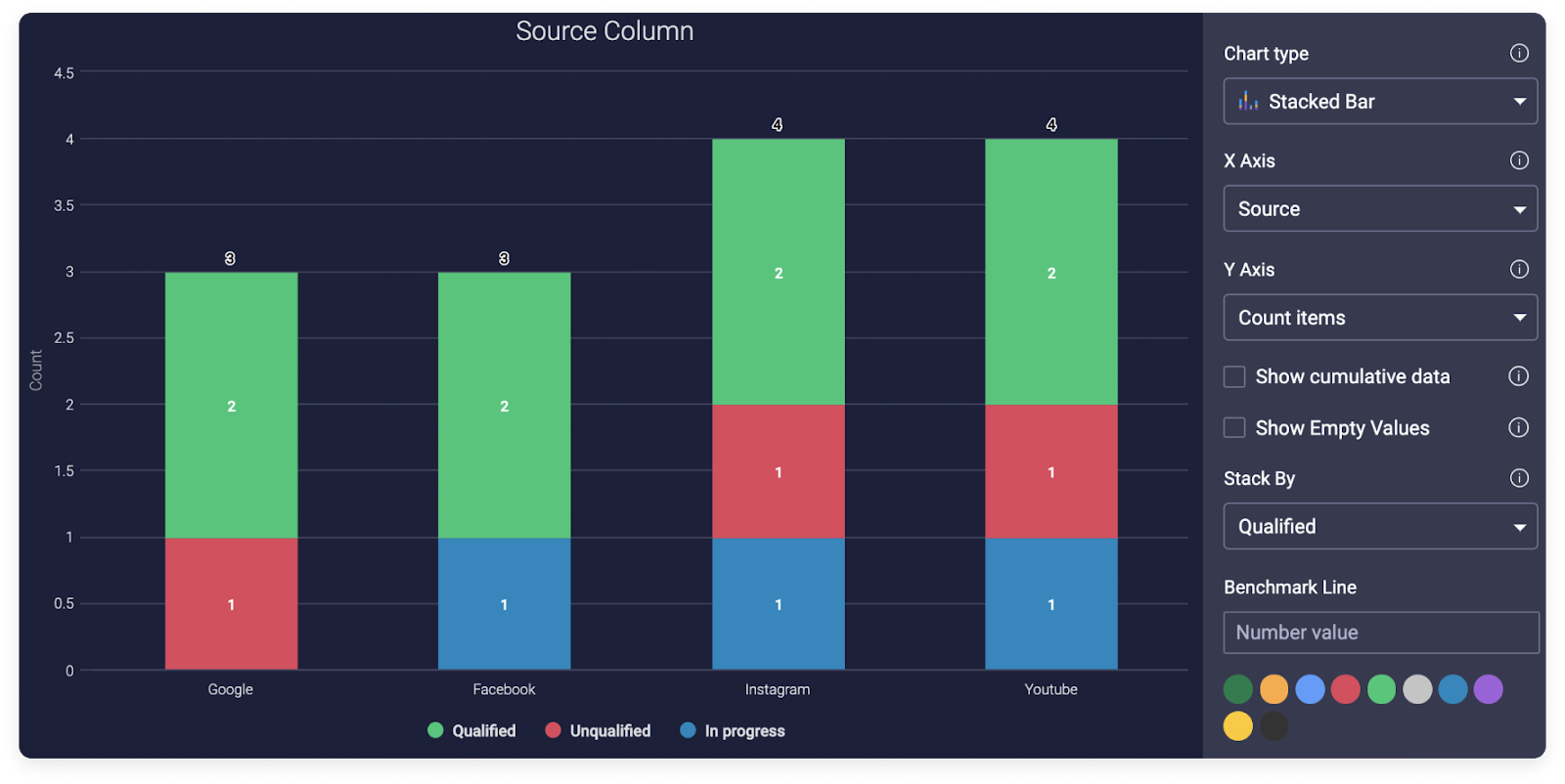A sales lead, at its core, is quite simple: it’s just a person or business who could become a client. But the term seems to hold a bit more weight than that. There’s a reason the term “sales lead” is probably the most frequently passed around term in the sales industry. Your sales leads are the foundation of your entire sales process. And the method you use in approaching sales leads can make or break an entire business.
So, let’s break down all we need to know about the elusive sales leave. In this article, we’ll go through the different kinds of sales leads, how to track which sales leads are the most promising and determine the best strategies and tools to convert more of those leads into sales with monday.com
Let’s get started.
What is a Marketing Qualified Lead vs a Sales Qualified Lead?
Like we said before, a sales lead is a person or company who is not a customer yet, but may become one. With a variety of tools and strategies, you can determine which sales leads are worth pursuing and which may be a less effective use of your time.
By finding qualified sales leads, you can maximize your marketing campaign to nurture those leads and eventually convert them to paying customers. Sales lead generation is so essential to a successful business that 53% of marketers spend more than half their budget on it. But to have the best shot, you have to act quickly. Following up on a web lead or social media lead within 5 minutes makes it 9 times more likely that the lead will be converted into a sale.
The traditional sales funnel model is a good way to think of this process.

But all leads are not equal. There are different kinds of sales leads and different ways of determining their quality.
A marketing qualified lead (MQL) has been identified as more likely to become a paying customer based on certain behaviors.
For example, you might want to track how often your sales leads engage in behaviors like these:
- Visiting your website or social media page
- Downloading a piece of content
- Requesting more information about your company
Once the prospective buyer moves past this stage of the journey, they are ready to talk with a sales associate. They can now be considered a sales qualified lead (SQL).
An MQL might become an SQL if they:
- Visit your website or social media page multiple times.
- Fill out a detailed contact form with information about their company.
- Request a live demo of your product.
- Request to be contacted by the sales team.
It can seem like a fine line between these 2 types of sales leads. But understanding the difference is critical to effective sales lead management.
That’s because pushing a lead on to a sales associate before they are ready can damage their trust in you, potentially ending the relationship. It’s important to track the right metrics so you have a reliable way to determine which of your leads are market-qualified and which are sales-qualified.
For example, you might have a simple contact form that requires nothing more than a name and an email address to download a whitepaper. But you might ask for a more detailed contact form, in which respondents have to enter demographic information about their company in order to request a call or a live demo. In this case, responses about the company’s demographics, industry, and online behavior can provide you with the insights you need to qualify them as promising sales lead.
But what makes a sales lead promising or — to use a popular marketing term — “hot?” How do you know whether a lead is likely to convert?
What do you need in a sales lead?
The process of qualifying viable sales leads empowers your sales leader to focus on those that have a real likelihood of converting into customers.
Sales lead management frees you from wasting valuable time on a marketing campaign that targets the wrong people. By the wrong people, we mean those who are not likely to be a good match for what you offer.
But how can you tell? For starters, there are several indicators you might want to look at. First of all, if you’re a B2B company, you’ll want to know the lead company’s demographics and industry. Does the size of the company make it a good match? If your target market is small business owners, a large company may not be interested in what you have to offer. And if you’re marketing a product or service to the home construction industry, a real estate agency may not be a good fit.
Another metric to look at: how did this sales lead find you? Did they come to you through a search or social media post? If they came as a referral from an existing customer, there is a higher likelihood they will convert. If they entered a search term that is highly specific to what you do and what you offer, this can make for a promising lead, as well.

How can you tell if a sales lead is “hot?”
Only 25% of market-qualified leads will convert into a sale. This means that only a small percentage of your sales leads will warm up enough to become “hot.” So, figuratively taking the temperature of your sales leads is important.
But how do you do this? There’s a lot of information that must be carefully and progressively tracked by your entire team in order to determine the temperature of your sales leads.
Here are some of the questions you need to ask about each sales lead.
- How familiar are they with your product or service? Have they already researched it thoroughly?
- Did they enter a search term that closely matches what you offer?
- Does your product or service fill one of their needs or solve a pain point?
- Does their budget for your product or service match what you can offer?
- Does the contact person have the authority to make purchases?
- Are they under time constraints for making a purchase?
These are just a few of the questions to consider that will determine whether a sales lead is hot and thus ready for a sale. Ideally, your sales and marketing teams will be working closely together to determine the temperature of your sales leads. By carefully tracking and fine-tuning the information you receive about your leads, everyone can be on the same page about whether a lead is ready for the sales team to make contact.
How can you use monday.com to convert leads into sales?
Collecting and tracking such an array of information on all your sales leads seems like a daunting task all on its own. You might wonder how your sales and marketing teams will ever find the time to keep track of the quality of your sales leads in addition to everything else they have to do.
Fortunately, the monday sales CRM has the features and capabilities to track and even act on much of this information for you. Our fully customizable CRM gives you the power to collect leads from any source, centralize and qualify every lead in one place, and automatically score them based on custom criteria.
What is the monday.com lead management template?
monday.com offers hundreds of customizable templates you can use for your workspace, which you can check out right here.
But our lead management template is especially useful if you want to track new, qualified, and unqualified leads.
When set up for your business, you can see the “temperature” of all your market-qualified and sales-qualified leads in one glance.Your sales leads can be categorized in any way you want: size, location, industry, etc. This information can be stored alongside their contact information.
An easy way to make that work is by pulling information from your capture forms directly into the monday.com workspace.You can actually create a contact form within monday.com, which collects information based on the columns you have set up on your board.
So, if you have a column for name, email address, and type of company, your capture form will automatically collect that information and pull it into the appropriate columns on your board. Another way to get data into your board is to integrate your monday.com workspace seamlessly with the Clearbit app.

monday.com offers 2 different types of Clearbit integration. You can choose an integration that pulls data from personal profiles, or you can choose the type that pulls data about their company.
Then, simply connect your account, set up a recipe that specifies what information you want, and you’re good to go. Your Clearbit app will work to collect relevant data and populate your board with it.
Based on the information you collect, you can set up automations which move your sales leads automatically to the qualified or unqualified category. When a lead is qualified, or “hot,” you can set up an automation to push them to the sales team right away.
You can even integrate your Twilio app so that your sales team is automatically notified whenever a qualified sales lead comes in. That’s one more step in the process that you don’t have to worry about.
You can categorize companies based on size, location, and anything else you might find helpful, along with contact information. Then, customize your view to get needed insight about your sales leads. This is an example of how you might view your sales leads in the chart view.
FAQs about sales leads
How do you generate leads?
There are many different ways to generate leads for your company. Some include:
- Personalized email marketing
- Ask for referrals
- Create valuable content
- Use social media sites like LinkedIn and Facebook
- Network
What is the difference between a lead and a prospect?
A prospect is a step above a lead. It’s essentially a lead who has been qualified. They’ve likely already engaged with your team in some way, and have a higher chance of taking the next steps in the sales process.
What are the 5 types of sales leads?
- Cold Leads
- Warm Leads
- Hot Leads
- Sales Qualified Leads (IQL)
- Marketing Qualified Leads (MQL)
Your leads are your lifeline
Fresh leads are a lifeline to a business. That’s why it’s so important to stay on top of them. With this information, you can now not only talk about sales leads, but approach them in a way that will drive success.
With the right strategy and the help of monday.com, you are poised to become an expert when it comes to lead generation for your company. Get started with monday.com for even more lead management solutions.
Related: What are different types of sales


